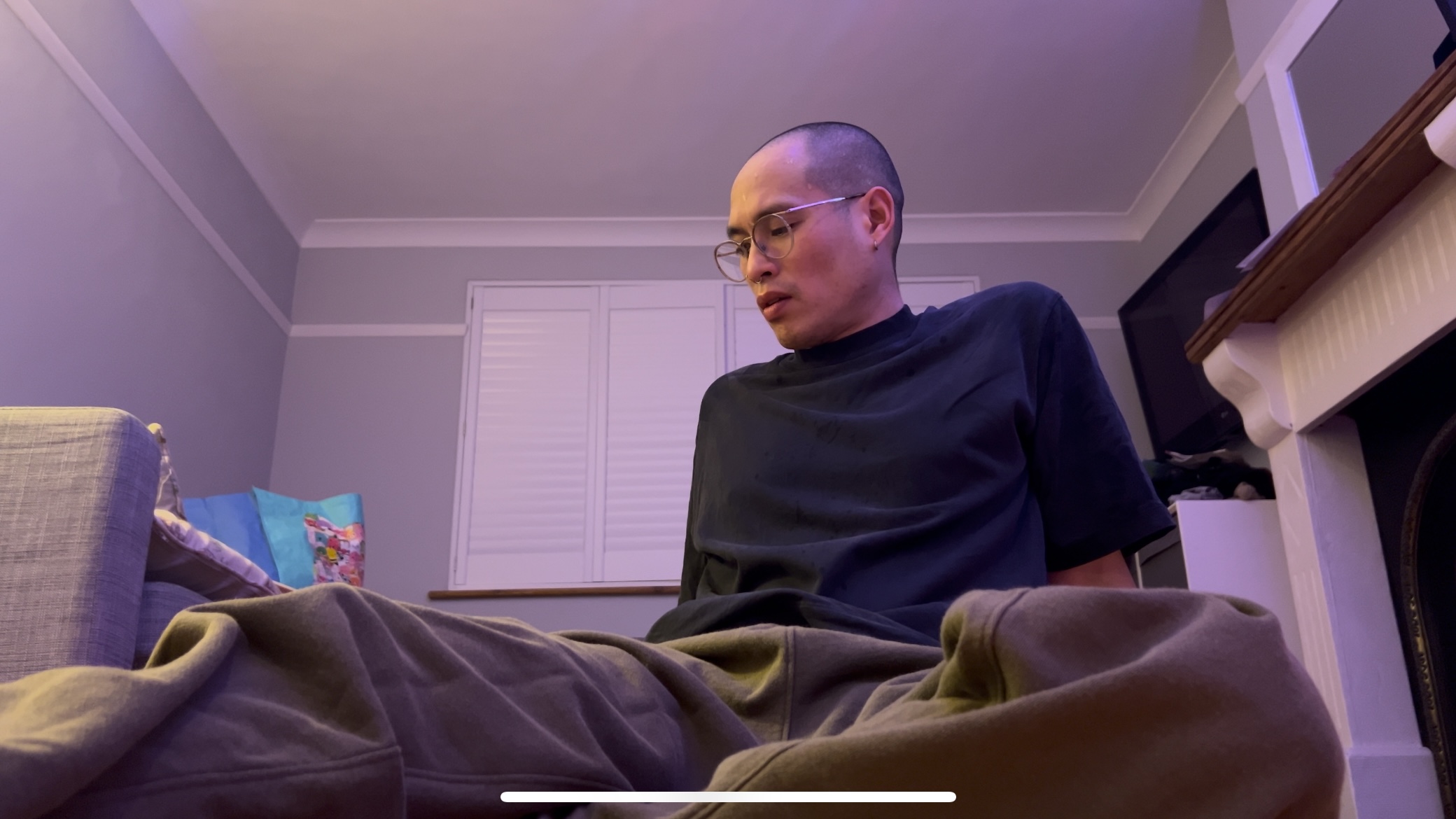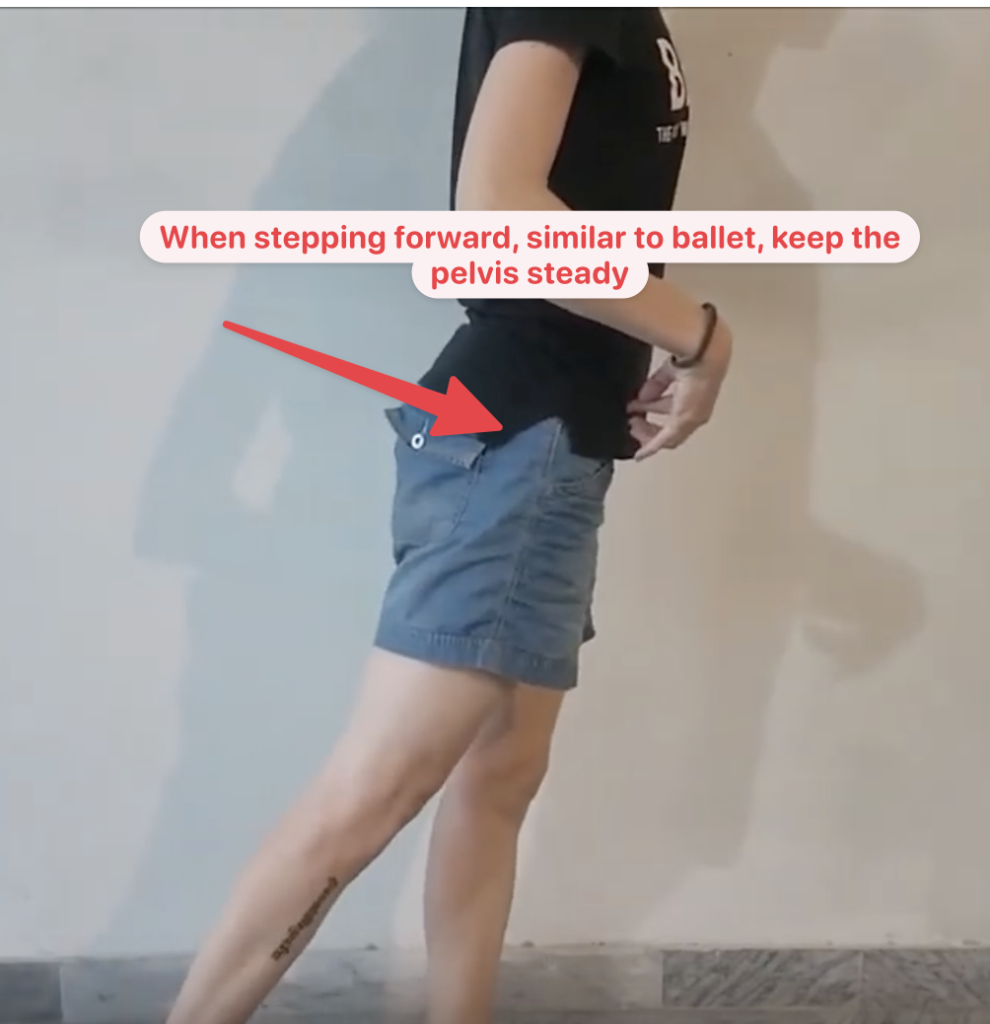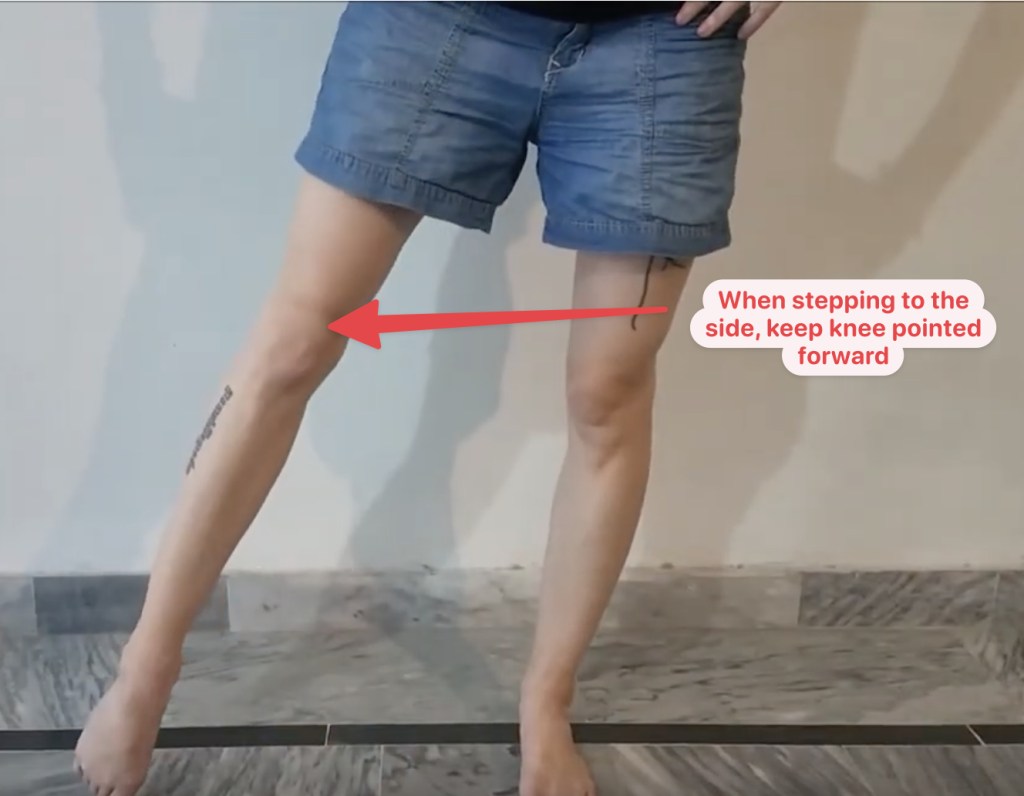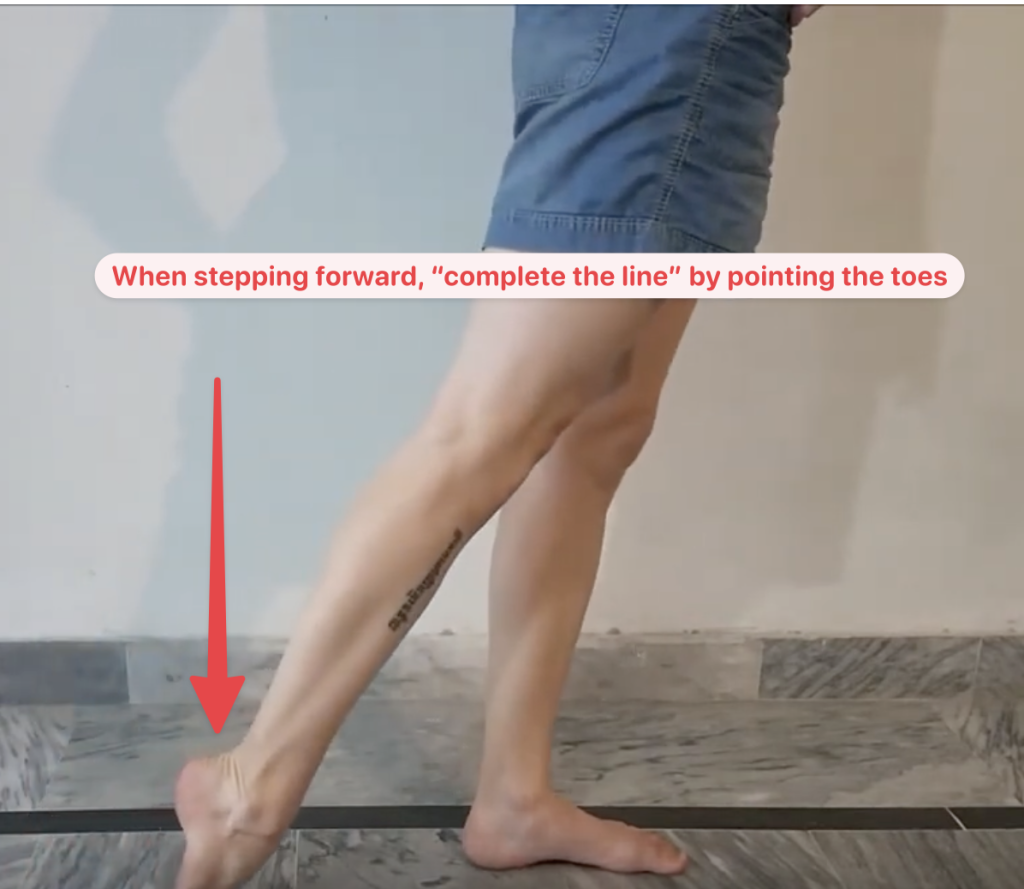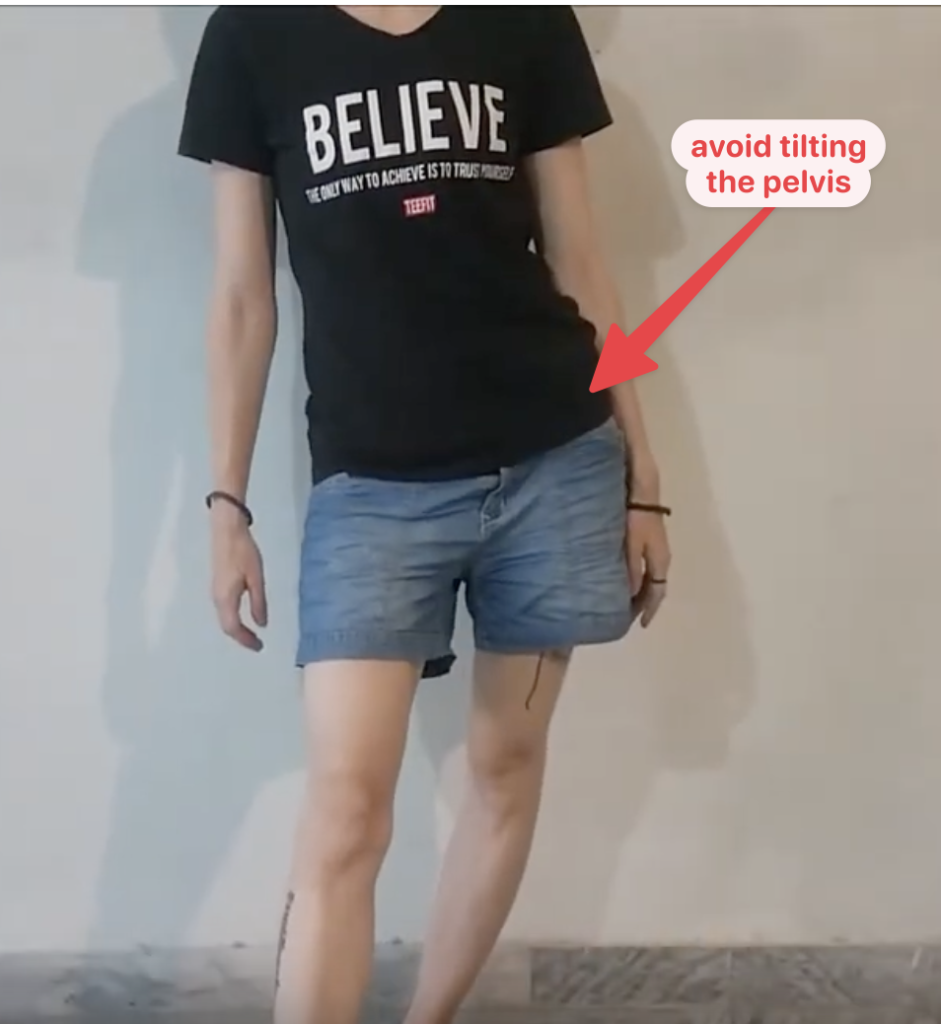Very rarely, even after 2 years of dancing house, do I throw in footwork heavy dance moves like heel toe or farmer. However, I’ve recently been motivated for forward for several reasons:
- About 2.5 weeks ago, I learned how to (finally) farmer on beat – historically I’ve been so focused on how the move looks and the overly focused on the aesthetic of the move. However, during my dance lesson with Chiara (MASH), she demystified the movement by providing me a different target, which was the rhythm of the move.
- Identified what specifically I’ve disliked about the aesthetic of my heel toe – often I’ll re-watch my videos and struggle to pinpoint what it is specifically that I don’t like about the aesthetic of the heel toe movement. But while watching a series of YouTube tutorials, I recognized that it’s not my hip movement, it’s not the jack: it’s the (lack of) dorsiflexion in the base foot. Up until now, despite having both the flexibility and mobility, I have not been loading base foot. When I do deliberately shift my weight and dorsiflex, the consequence of that the opposite leg (the one performing heel toe) extends further away from the body, making it more obvious that I am actually performing a heel toe movement. Secondarily, I’m now feeling the burn in my thighs. So much of dance, I believe, is body mind connection and awareness.
The heel toe practice was inspired by watching the following YouTube tutorial
What I like about the above YouTube tutorial is the way he constructs the drills. It’s a reminder to:
- Start at a slower tempo
- Start with doing the move 8 counts, followed by 4 counts, followed 2 counts
- Practice looping the movement over and over and over again and see how many loops you can do without making an error
One thing missing from the above video that I decided to inject into my practice is after drilling the heel toe movement, try and connect it with other moves I am familiar with. As you can see in the first video above, I transition in and out of heel toe and the farmer. While it’s great to practice the move in isolation (which has its purpose for refining the movement), it’s easy for me to forget why I am drilling which is of course: to dance.


